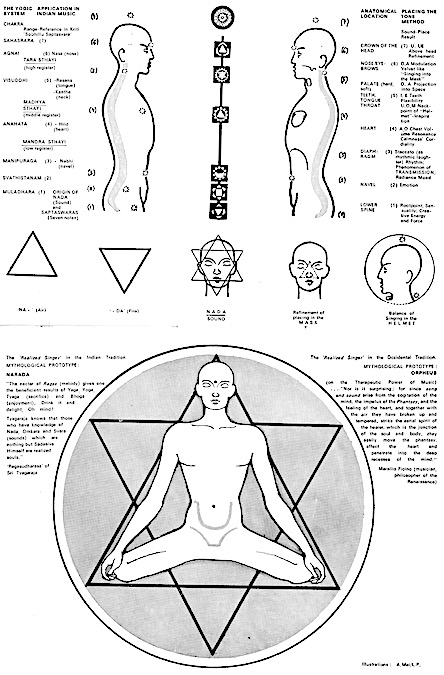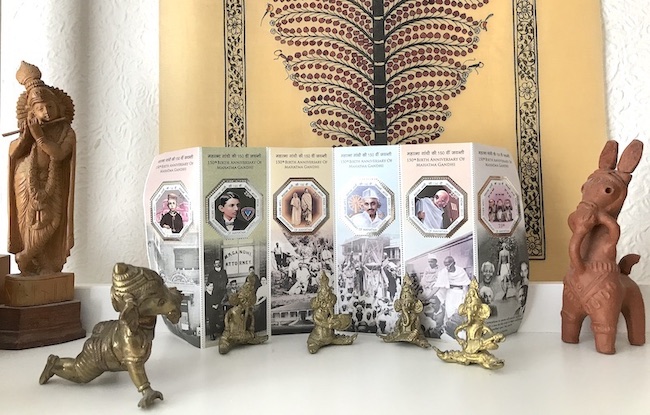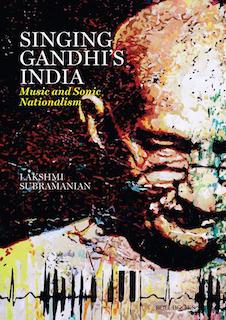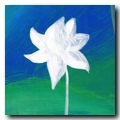Audio source: singing by the author | Find details for “78RPM – V V Sadagopan” on Archive.org >>
It is a curious irony that we, who claim to “hear” our music,1 are less sensitive to tone quality than the Westerner who “sees” his music. Happy exceptions apart, musicians and listeners (especially of the South) are usually satisfied with some illusory pleasure, and do not care for the aesthetic joy – rasa – that music should give.
Text credit (excerpts seen above and below): Spirals and Circles by V.V. Sadagopan (1980) published in Sruti Magazine (print ed., Issue 9, July 1984), p. 7
Viravanallur Vedantam Sadagopan was born on January 29, 1915, in an orthodox Vaishnavite family and spent his childhood and youth in Tirunelveli. He was a graduate and pursued a parallel vocation in music. He had his musical training under Namakkal Sesha Iyengar and Ariyakkudi Ramanuja Iyengar and became one of the most sought after musicians in the 1930s. At the height of his musical career he entered films and was hailed as Rudolf Valentino of the Indian screen. […]
VVS’s compositions include kritis, keerthanais, ragamaligais, padams, kili kanni and a series of Tirukkural keerthanais, wherein the Kural forms the pallavi and is elaborated in the anupallavi and charanam. As a music composer he has left behind a lasting legacy. […]
Music education for children became his passion and mission in later years. He called his integrative scheme of music education Tyagabharati, a term he had coined to epitomise the ideals of Tyagaraja and Subrahmanya Bharati. In this he struck an entirely new path, composing nursery rhymes in Tamil and Hindi, set to simple lilting tunes. […]
However the elders, comprising his friends and well wishers often stood perplexed, unable to comprehend the new role that this musical giant had donned. On April 10, 1980, he left Delhi by train, for Madras. He was seen alighting at Gudur, the next day. He has not been seen ever since. Rumours of sighting him in Varanasi and the Himalayas and consequent searches have yielded no results.
The mantle then fell on his devoted disciple Srirama Bharati, a visionary in his own right [who] passed away at a young age […]
“Children should grow with joy, courage and freedom and a discipline born out of these attributes. The fundamental principle is joy, suggestion must be the method, the emphasis should be on the imaginative and creative experience of music and teaching should follow a “flow-form-flow” spiral.
VV Sadagopan was clearly in favour of lakshya (aesthetic perception) over lakshana (intellectual abstraction) at school, college or university.” – T.K. Venkatasubramanian in “VV Sadagopan – An educator with a mission”, Sruti Magazine >>
Learn more about Singer, actor, writer and composer V. V. Sadagopan (The Hindu, 4 March 2005) >>
More resources | Disclaimer >>
- Here the author probably alludes to a metaphorical interpretation of karnātaka sangītam (today’s “Carnatic music”), one not to be taken literally even if invoked by some of his peers: understood as “classical music (sangītam) that surprises or haunts (ata) the ear (karna)” [↩]




